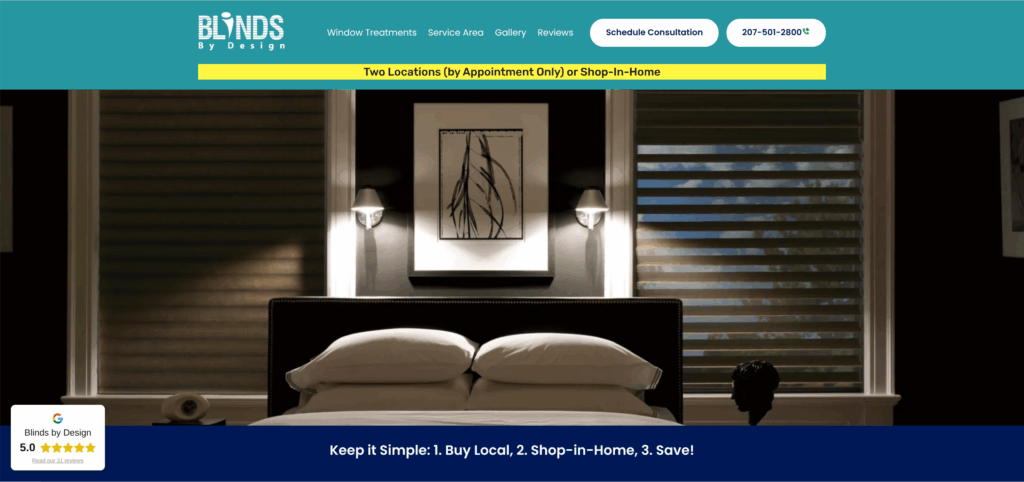The Unseen Architecture: Deconstructing the Bones of a Great Website

In today’s digital marketplace, a website is more than a virtual storefront; it’s the very backbone of your online presence. For many potential customers, it’s their first interaction with your brand, making a powerful and positive first impression absolutely critical. But what truly separates a mediocre website from a magnificent one? The answer lies in its “bones” – the fundamental structure and core elements that work in concert to create a seamless, engaging, and effective user experience. For businesses looking to thrive online, understanding this foundational anatomy is paramount.
At its core, a great website is built upon a foundation of clear purpose and user-centric design. Before a single line of code is written or a color palette chosen, the primary objective of the site must be explicitly defined. Is it to generate leads, drive e-commerce sales, provide information, or build a community? This purpose becomes the guiding principle for every subsequent design and development decision. Hand-in-hand with purpose is a relentless focus on the user. A visually stunning website that is difficult to navigate is ultimately a failure. Intuitive navigation, logical page hierarchy, and a layout that anticipates user needs are the invisible sinews that hold the entire structure together. Visitors should be able to find what they’re looking for with minimal effort, following a natural flow that guides them toward their goal and, consequently, yours.
The next crucial layer of a website’s architecture is its visual design and branding. This is often the most immediately apparent aspect to a visitor and plays a significant role in building trust and credibility. A clean, uncluttered layout is essential, providing a clear visual hierarchy that directs the user’s attention to the most important elements on the page. Strategic use of color theory, typography that is both on-brand and highly legible, and high-quality imagery all contribute to a professional and aesthetically pleasing experience. Consistency in these visual elements across all pages reinforces brand identity and creates a cohesive and memorable journey for the user.
Beneath the surface of stunning visuals lies the indispensable framework of technical performance and mobile-first responsiveness. In an age of dwindling attention spans, website speed is not a luxury; it’s a necessity. Slow-loading pages are a primary driver of high bounce rates, sending potential customers fleeing to competitors. A well-structured website is optimized for speed, ensuring a swift and fluid experience for every visitor. Equally critical is a mobile-first approach to design. With a significant and ever-growing portion of web traffic originating from smartphones and tablets, a website that is not fully responsive is effectively alienating a massive segment of its potential audience. A truly great website adapts flawlessly to any screen size, providing an optimal viewing and interaction experience regardless of the device.
Finally, the lifeblood that flows through the bones of any great website is its high-quality, engaging content and clear calls-to-action (CTAs). Compelling and informative content is what ultimately provides value to the visitor. It should be well-written, relevant to the target audience, and optimized for search engines (SEO) to ensure it can be easily discovered. From blog posts and articles to product descriptions and case studies, your content is your opportunity to showcase your expertise and connect with your audience on a deeper level. However, content without a clear directive can leave a visitor wondering, “What next?” This is where effective CTAs come into play. Whether it’s “Contact Us Today,” “Shop Now,” or “Download Our Free Guide,” these prompts are the final, crucial step in guiding the user towards a desired action, transforming a passive browser into an active and engaged customer.
In conclusion, the bones of a great website are an intricate interplay of strategic purpose, intuitive design, robust technical performance, and compelling content. By focusing on these fundamental elements, businesses can create a powerful online hub that not only looks impressive but also functions flawlessly to attract, engage, and convert their target audience, providing a solid foundation for digital success.
